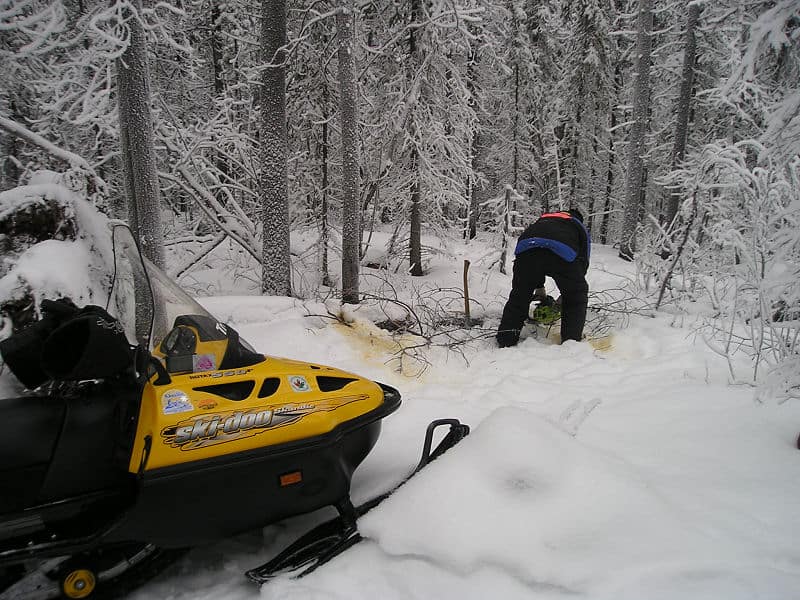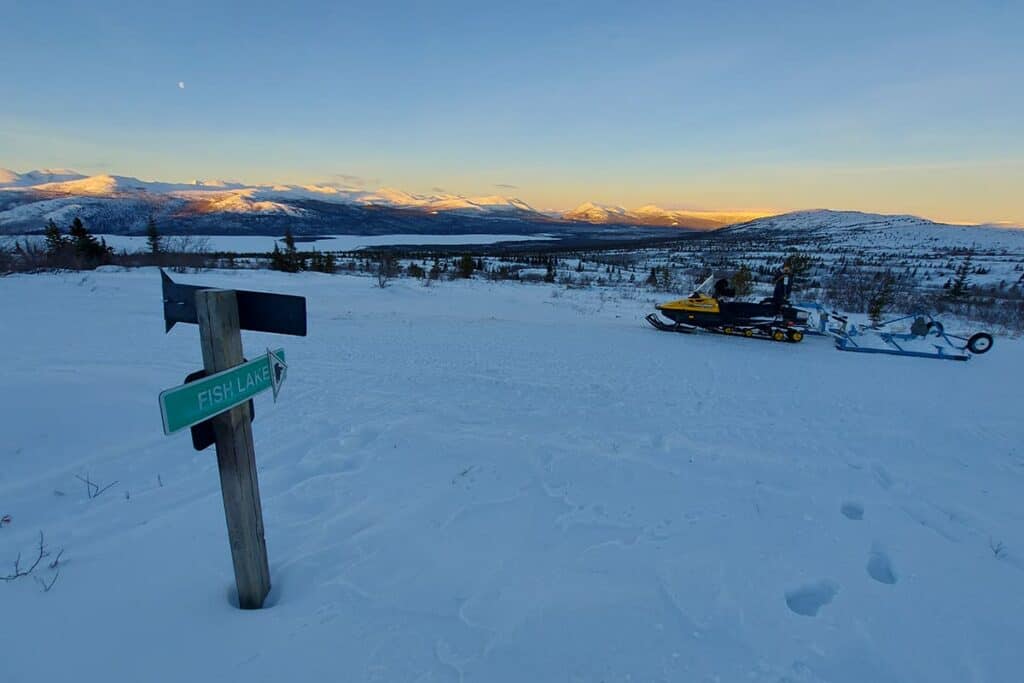You can make snowmobiling safe!


Snowmobiling is a fun and safe activity for the whole family, and riders like you can help us keep it that way. With International Snowmobile Safety Week taking place each January, we thought this would be a good time to remind all snowmobilers of a few basic safety tips:
Every safe snowmobile ride starts before you leave. Always double-check that you have the right gear, inspect your snowmobile to ensure it’s in good working order, and always tell someone who is staying in town where you are going, what time you expect to return by and what to do if you don’t return. Carrying a communication device, such as an inReach or a SPOT, is also a good idea as phone service cannot be relied on in most snowmobile riding areas.
Helmets are the most basic snowmobile safety tip. An approved snowmobile helmet should be worn at all times while riding snowmobiles and is required by law in many areas. There’s a ton of other great safety gear widely available, as well, ranging from avalanche airbags to floating snow suits, so if you ride a lot, it’s definitely worth the time to pick out some additional gear.
Another easy way that you can help make snowmobiling safe is to travel at reasonable speeds, ride within your abilities and expect the unexpected around each and every corner. Excessive speed and poor operator judgment is a very common theme in snowmobile accidents, which are, in most cases, easily preventable simply by slowing down and being ready to react to any surprises.
Getting out into the backcountry is where some of the Yukon’s best snowmobiling is; however, avalanche terrain poses a whole extra set of dangers to consider. Snowmobilers should never ride into potential avalanche terrain without first attending an avalanche training course and carrying avalanche equipment such as beacons, probes and shovels.
Riding on ice is another area to think twice about. Snowmobiling on frozen lakes and rivers is a highly convenient and usually safe way to get around; however, there is extra risk involved. Riders should consider wearing a floating snowsuit and/or ice escape picks, as well as learn which areas typically have thin ice and avoid them. Also keep in mind that the frozen surface often has hard-to see-obstacles such as hard wind drifts and pressure ridges in the ice, and snowmobiles travelling on ice often take substantially longer to stop or steer than on a trail.
Another often overlooked aspect of a safe snowmobile ride is your survival and a first-aid pack. Every snowmobiler should have a convenient, lightweight survival pack and first-aid pack with them on every ride. If anything goes wrong in the wilderness, it could take many hours for help to find you, even if you are close to town, so having some food, water, fire and first-aid supplies is a must. Consider taking a first-aid course; they’re well worth it and your employer may even help pay for it.
Our last point, here, should be obvious; however, alcohol and drugs continue to be a factor in nearly half of all snowmobile-related deaths in Canada. Please ride safe, ride sober—no exceptions.
For more snowmobile safety information, tips, stats, and links to courses, check out our website at ksa.yk.ca/safety.




